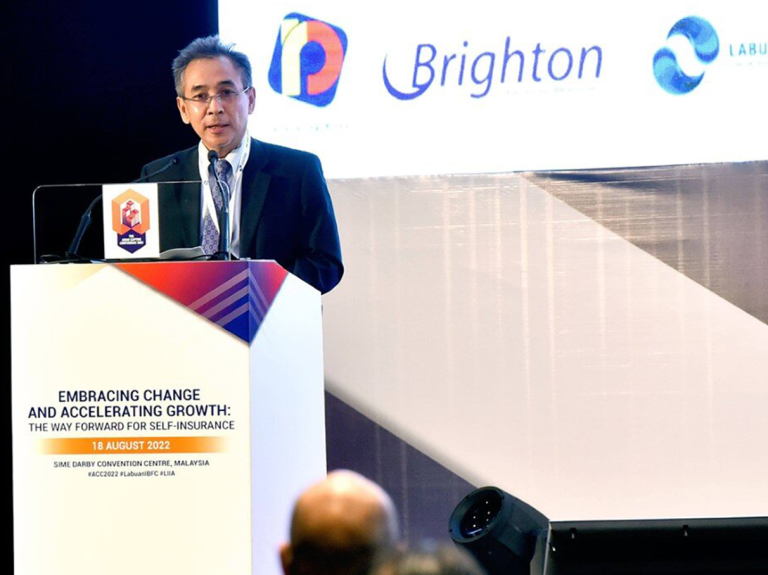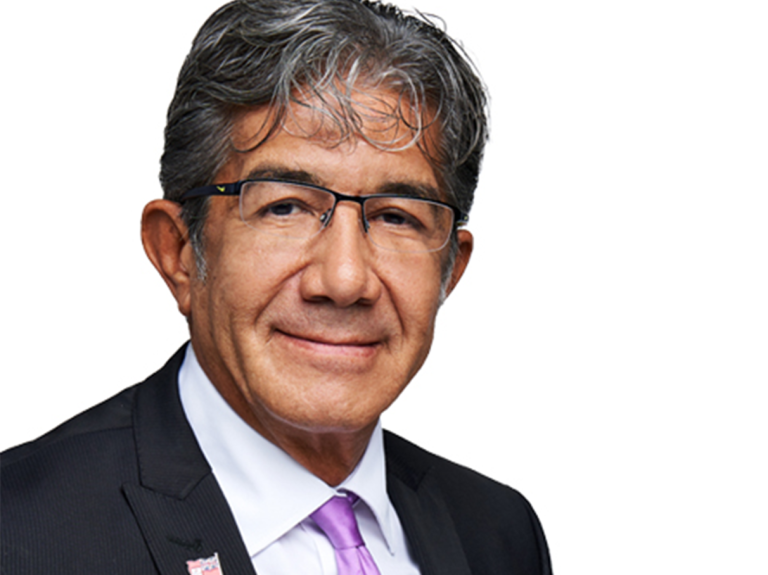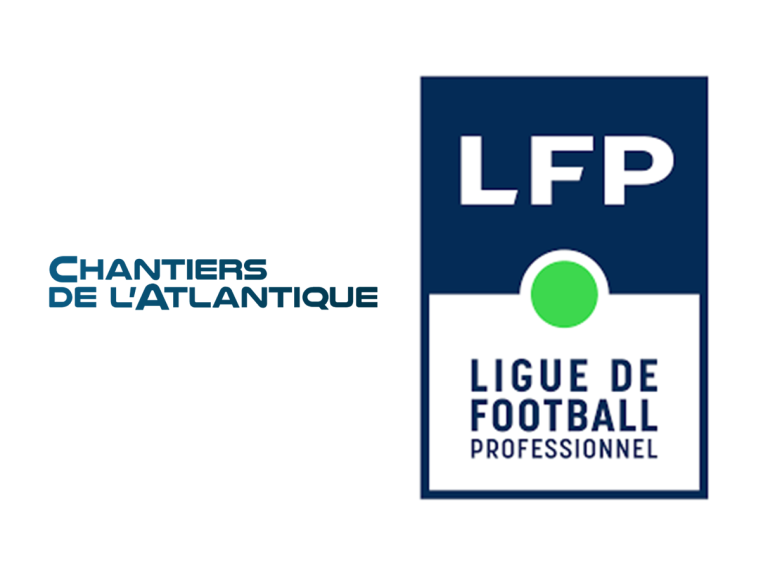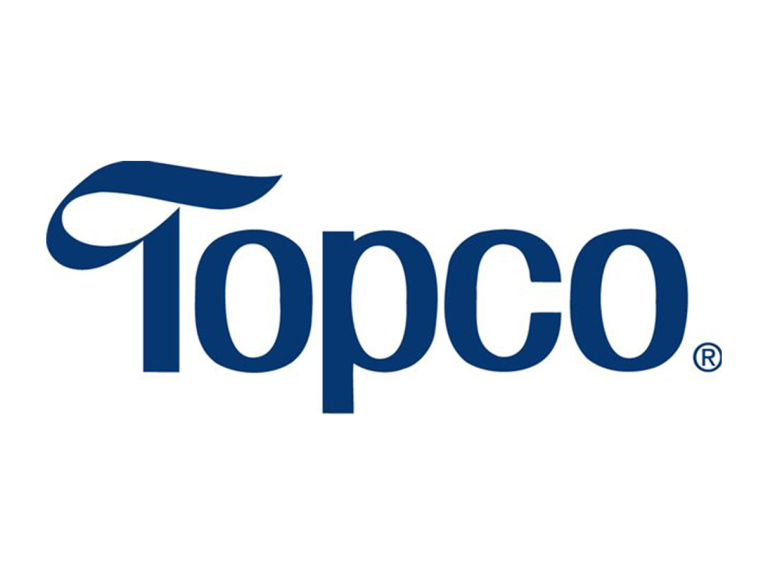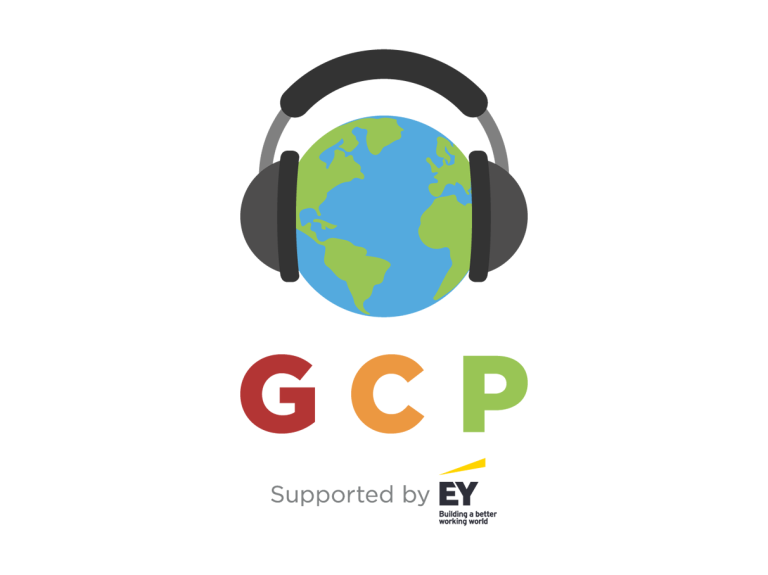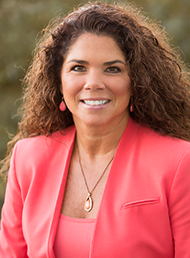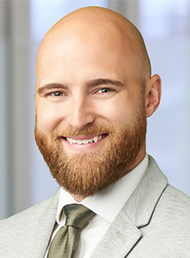The Labuan Financial Services Authority (FSA) is committed to further strengthening and promoting the jurisdiction as a “well-regulated business environment” for captive insurance.
Presenting at the Asian Captive Conference 2023, co-hosted by Labuan IBFC and the Labuan International Insurance Association (LIIA), the FSA highlighted its newly revised captive guidelines, including the provision for “indirect insurable interest risks” and a faster process for establishing a cell captive.
The revisions also include the introduction of an external rent-a-captive offering (X-RAC).
“Existing subsidiary rent-a-captive (S-RAC) features are similar to X-RAC,” Yang Berusaha Encik Nik Mohamed Din Nik Musa, director general of the Labuan FSA, said in his keynote address.
“The only distinction is that master rent-a-captives (M-RAC) owns less than half of X-RAC’s shares.”
The director general reinforced the regulator’s commitment to keep policies relevant and fit for purpose for the captive market.
“Labuan FSA will formulate omnibus captive policies, carry out targeted marketing promotion and forge new partnerships with other global insurance markets to build on the jurisdiction’s existing strength as a leading captive centre,” he said.
On 1 September, the FSA signed a Memorandum of Understanding (MOU) with the Bermuda Monetary Authority for “greater regulatory, enforcement and supervisory co-operation between the two regulators”.
In May, Labuan IBFC renewed its MoU with Qatar Financial Centre Authority (QFCA) as the two financial centres work together on areas including Islamic finance, digital finance, capital markets and captive insurance.
Captive Intelligence reported in July that 62% of captive premium in the midshore domicile, which is a federal territory of Malaysia, was generated from international insurance business in 2022.
“Labuan captive insurance has demonstrated an outstanding track record,” the director general added.
“This demonstrates the increasing maturity of the Labuan captives’ sector, as the aggregate premium underwritten by the Labuan captives segment has been steadily increasing, primarily from Asia.
“With strong financial fundamentals, Labuan captives will not only sufficiently be resilient to withstand external disruptions, but also have the capacity for greater retention.”
Labuan added five new captives in 2022 while one captive surrendered its licence, taking its total number of captives to 67 at year-end.
Mr Nik Mohamed Din Bin Nik Musa said after the second quarter of 2023, there were now 71 active captives in the domicile.
Captive Intelligence published a Long Read in June analysing the appeal of Labuan as a captive domicile with the new permission to write third party risk through a captive expected to boost the jurisdiction’s profile further.
“It is anticipated that with the expansion of insurable risks under Labuan captives, this will further support the industry’s innovation and cater for the needs to deal with current global issues,” the director general said.


